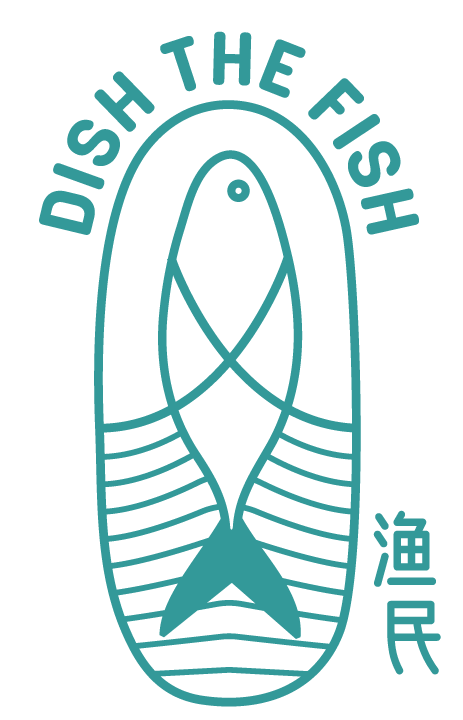ALL YOU NEED TO KNOW ABOUT WILD SOCKEYE SALMON
Share
The most common question we get about salmon is, "Is wild or farmed salmon better?". From the point of view of an independent party, we always say, it depends on what matters to you.
From a nutritional point of view, both types of salmon are good sources of Omega-3, protein, vitamins and calcium. However, there are variations in nutrition density across breeds and between farmed and wild. Studies have shown that wild salmon contain higher levels of Vitamin D than farmed salmon. Omega-3 content will vary as well as this depends very much on the diet and living conditions of this fish. Generally speaking, salmon that have more fat will also have more omega-3 fatty acids, which constitute part of any fish's fat content.
Another key difference between farmed and wild salmon is the difference in environment. Out in the wild, there is no human intervention and control, whereas in a farmed environment, feed, water quality and content, living conditions, etc., are all controlled. Wild salmon derive their food from natural sources such as krill and plankton, while farmed salmon have to get their food and nutrition from synthetic pellets. This, in turn, affects the colour and taste profile of the fish.
Practical considerations play a major part too. Salmon farming is now a major industry worldwide and competition has brought prices down significantly. On the other hand, wild salmon supplies are unpredictable and rise and fall from year to year, causing prices to be generally more expensive. Wild salmon are usually flash frozen on boat to ensure continuous supply all year round.
Is wild sockeye salmon sustainable?
Our current stock of sockeye are from British Columbia (BC), and has been certified sustainable by the Marine Stewardship Council. BC commercial fishermen use selective harvesting techniques which, in conjunction with close monitoring of run size and catches, allow for optimum escapement levels (the number of salmon returning to spawn).
What's the difference between Sockeye and other salmon breeds?
Most wild-caught salmon are Pacific Salmon while most farmed salmon are Atlantic Salmon. The farmed salmon in Singapore are mainly Atlantic Salmon farmed from Norway or Chile. Wild populations of Atlantic salmon are generally at very low levels, making it difficult for commercial harvest.
Sockeye salmon is one of the five major Pacific Salmon breeds. It is favoured for its rich, intense flavour that surpasses the king salmon. Its fat levels are also only second to the king salmon. The beautiful red hue of sockeye also makes it eye-catching and popular to serve on the dinner table.
What are the unique benefits of eating wild Sockeye Salmon?
Besides the nutritional benefits stated above, Sockeye Salmon stands out with the highest concentration of astaxanthin among all the breeds of Pacific salmon. Astaxanthin is a potent antioxidant and anti-inflammatory compound that has been proven to bring about a wide range of benefits.
What are the best ways to prepare my wild Sockeye Salmon?
Sockeye Salmon's firm texture with tight flakes makes it a suitable candidate for grilling and baking. However, given that it's fillets are generally thinner that the usual Atlantic salmon, we recommend caution not to over-cook the fish so that it does not turn out too dry or hard.
What's so special about the Sockeye Salmon sold at Dishthefish?
We are a dedicated seafood specialist who takes pride in the quality and variety of our seafood. As such, we only work with trusted suppliers to bring you the best quality seafood at reasonable prices. Very very few people can get hold of fresh wild sockeye salmon stocks but our good friends in British Columbia, Canada have helped make this happen for us. Purchase our fresh and frozen sockeye salmon online or via our shops at Jalan Riang and TIong Bahru Market.
